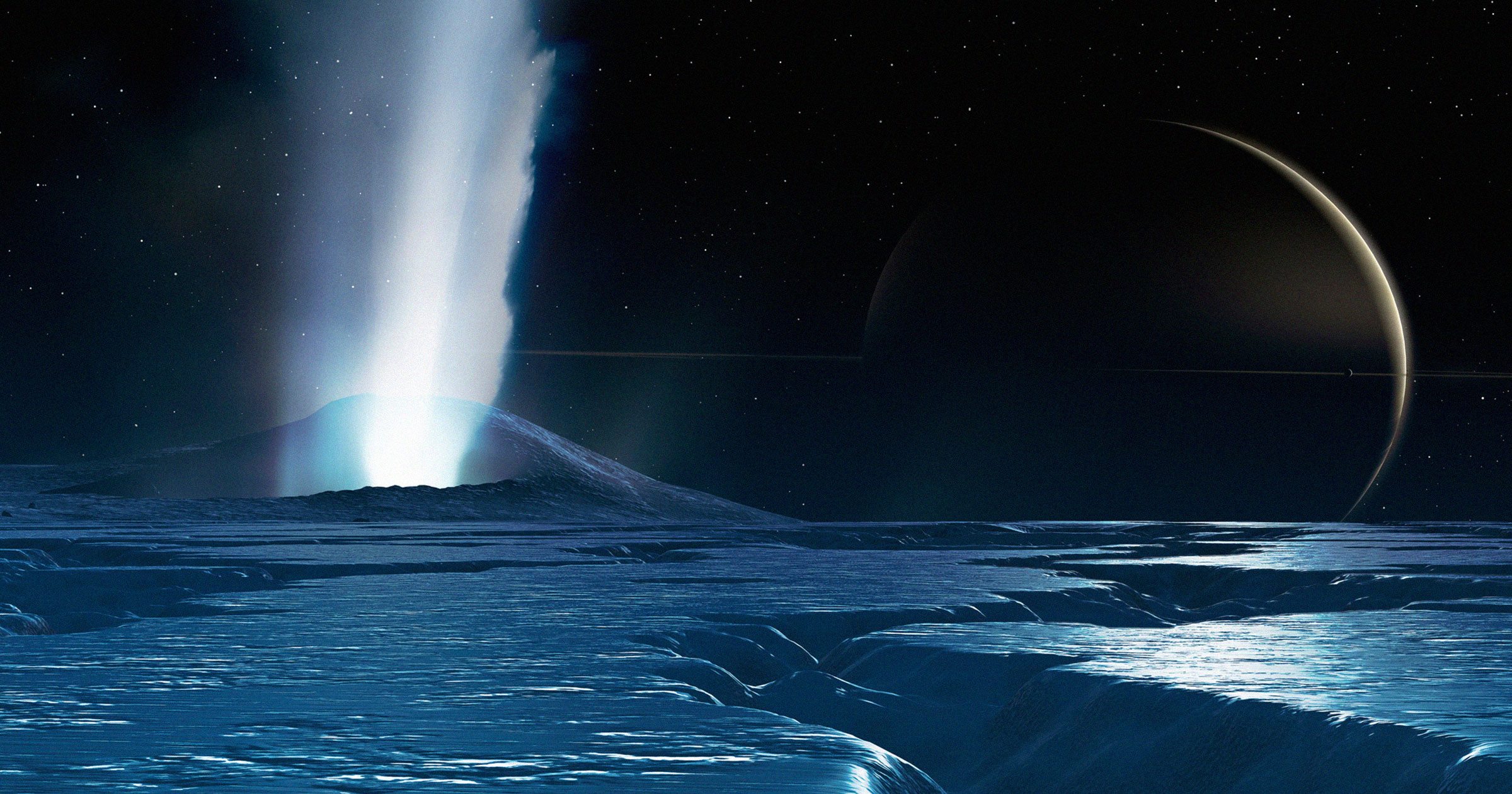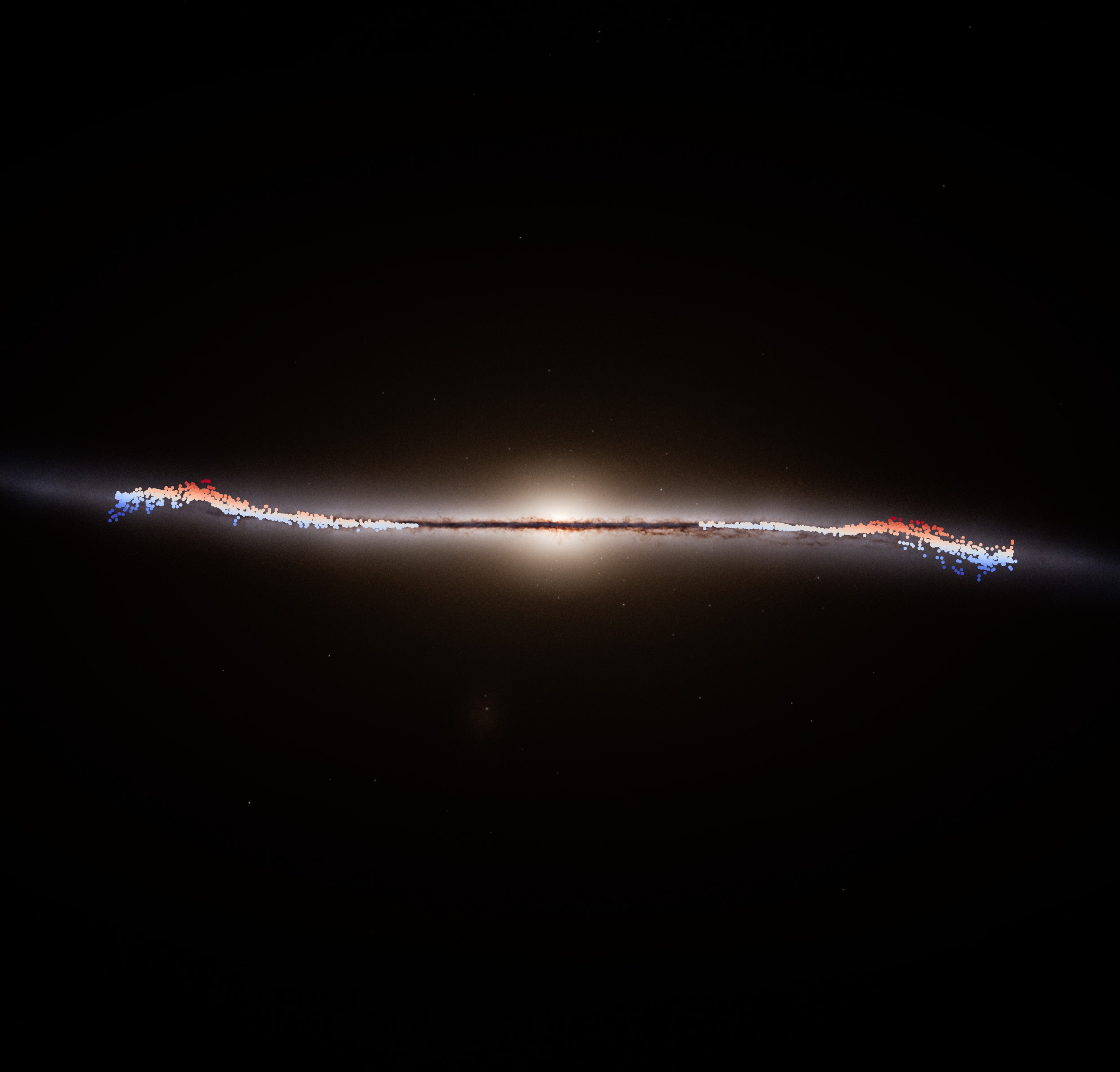This Rogue Planet is Devouring Material at an Unbelievable Rate – What Does It Mean?

Imagine a planet-sized object, floating freely through the cosmos, consuming material at a staggering rate of six billion tonnes per second. Welcome to the bizarre world of Cha 1107-7626, a rogue planet located a mind-boggling 620 light years away from Earth. Unlike our familiar celestial neighborhood, where planets orbit stars, this enigmatic body drifts through the dark void of space without a guiding sun.
Rogue planets, it turns out, may number in the trillions within our own Milky Way galaxy, but spotting them is no easy task. They cruise through the cosmos, shrouded in darkness, making them difficult to detect. However, Cha 1107-7626 has revealed an astonishing characteristic that sets it apart: it behaves in ways typically observed in stars. This isn’t just a scientific curiosity; it’s a groundbreaking phenomenon that could reshape our understanding of planetary formation.
Leading the charge in this remarkable discovery is Víctor Almendros-Abad, an astronomer at the Astronomical Observatory of Palermo. He explains, “We were trying to determine how fast material was entering the object when we were shocked to discover a massive influx of growth. This is the first time such extreme behavior has been observed in a low-mass object like this.” The implications of this finding are immense.
This rogue planet, which is still in its infancy—just one to two million years old—is already five to ten times the size of Jupiter. Its rapid growth is attributed to a process known as accretion, where it voraciously consumes gas and dust from the surrounding disc. Almendros-Abad notes, “We observed a dramatic increase in mass and material influx, nearly tenfold. Such a significant variation is not typical in these observations.”
Scientists hypothesize that magnetic fields might be directing material toward the planet, but whatever the cause, the excitement is palpable. Amelia Bayo, an astronomer at the European Southern Observatory and a co-author of the study, adds, “In astronomy, when we say things happen quickly, we're often talking about processes that take millions of years. This object, however, has increased its material intake hundreds of times more efficiently in just days. That’s unprecedented in astrophysics!”
To make these discoveries possible, the research team utilized data from the James Webb Telescope and the European Space Observatory’s Very Large Telescope. By comparing the light emitted before and during the growth spurt, they gleaned insights into the mechanisms driving the rogue planet’s accretion.
Almendros-Abad emphasizes the importance of continued observation, stating, “We have been tracking this object for nearly 20 years and have seen similar behaviors over time. We need to determine how recurrent this phenomenon is and how long it lasts. Our current observations only provide a lower limit, as we were unable to continue after two months of intense monitoring.”
However, there is a limitation to this rogue planet’s potential. Despite its impressive growth, researchers confirm that it will never become a fully-fledged star, as it lacks the mass necessary to trigger a fusion reaction at its core. The universe continues to astound us with its mysteries, and Cha 1107-7626 is just one of many puzzles waiting to be unraveled.


























